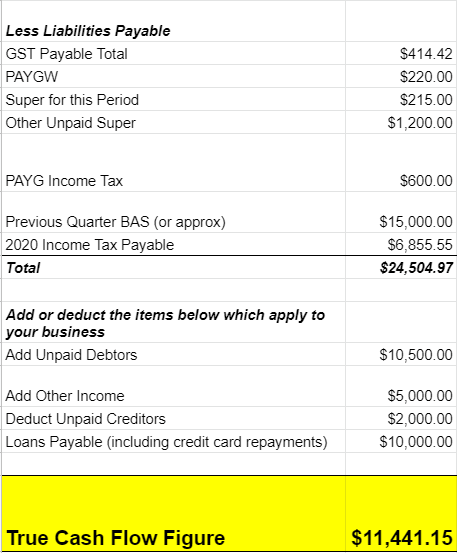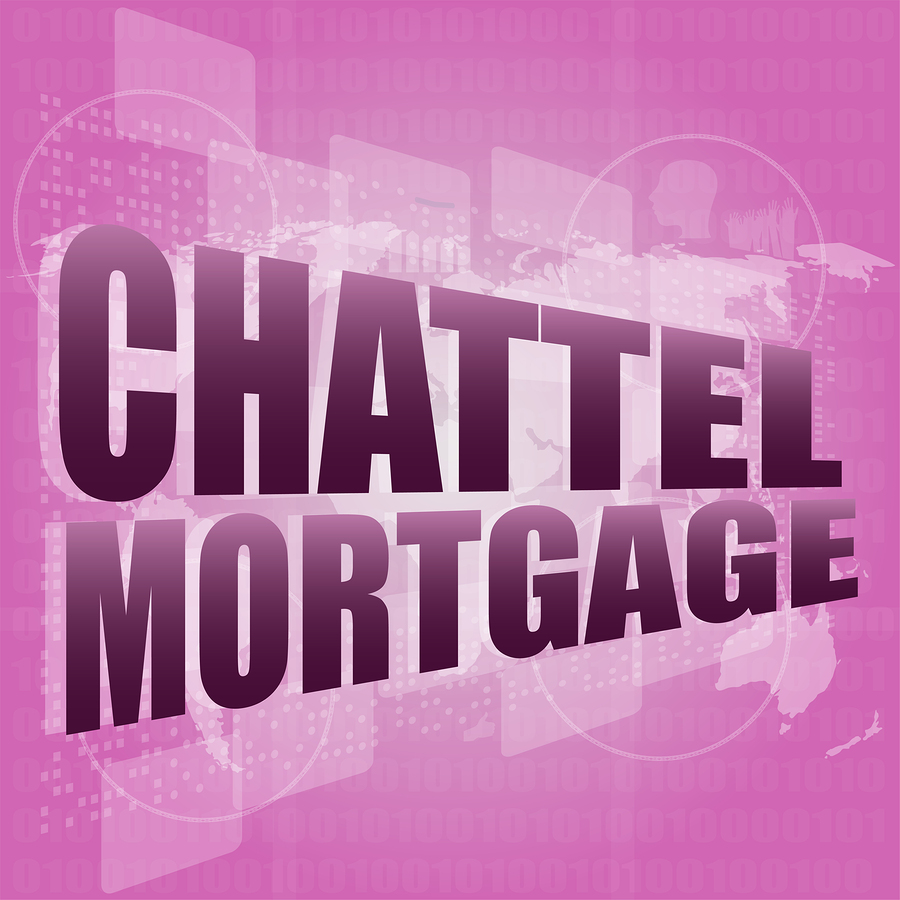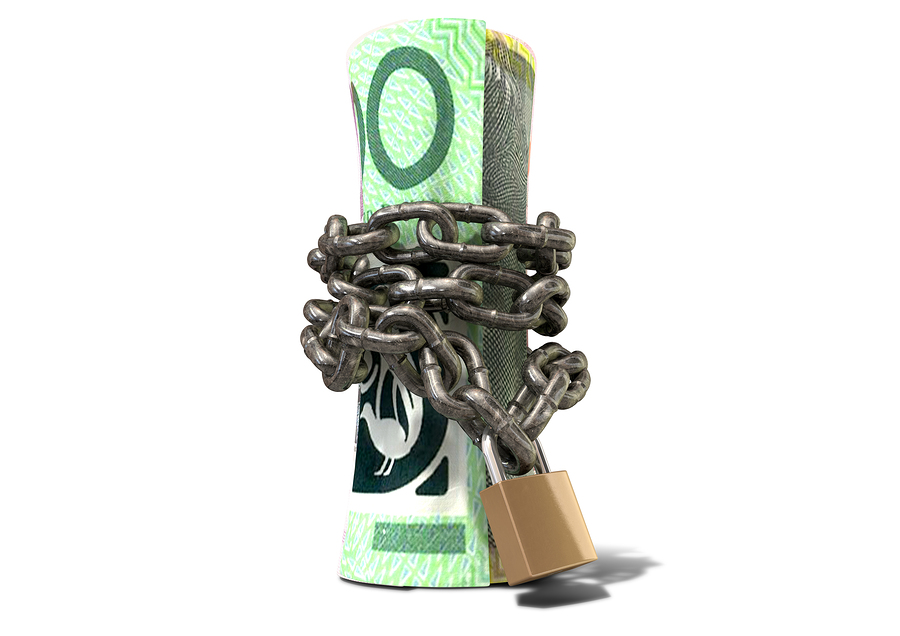Say Goodbye to Cash Flow Worries: Introducing FundTap
If your business has outstanding invoices, and let’s face it, most businesses have them, your cash flow is probably suffering. This isn’t great when you have to pay rent, payroll and suppliers etc. Enter FundTap.

FundTap, is a fintech innovator transforming invoice financing. They offer a flexible way to access funds tied up in unpaid invoices, empowering businesses without traditional lending hurdles.
Unlock Your Working Capital, On Your Terms
FundTap provides short-term funding solutions tailored to your needs, whether for a single $1,000 invoice or multiple invoices up to $150,000. Their pay-as-you-go model removes ongoing repayments or lengthy contracts, giving you control over your finances.
Speed and Simplicity at Your Fingertips
Skip lengthy applications and paperwork. FundTap’s online application and integration with platforms like Xero, QuickBooks Online, MYOB, and Reckon allow you to receive funds in hours. This will assist you to cover urgent expenses and improve your cash flow.
As Claire Reuss, Relationship Manager at FundTap, notes, “Getting finance as a small business is often a struggle. Many SMEs wait 60 to 75 days for payments while needing to cover rent, payroll, and supplies. FundTap solves this by giving quick access to funds tied up in unpaid invoices.”
Flexibility That Fits Your Business
FundTap stands out with:
- No establishment fees: Saving you money.
- No contracts: Use services only when needed.
- No minimum funding requirements: Even small invoices unlock capital.
This inclusivity benefits businesses of all sizes across various industries.
Effortless Repayment: Automation at its Best
Because FundTap is connected to your accounting file, it can detect when your customers have paid invoices. FundTap will then initiate direct debit for the advanced amount plus a small fee. This integration saves time and ensures efficient repayment. If payments are late, FundTap adjusts the debit date. Early repayment incurs no extra fees.
Getting Started is Simple:
FundTap’s setup process:
Firstly, FundTap will ask you to answer some questions to ascertain your eligibility for funding – see below:
- Does your business operate in Australia or NZ?
- Do you invoice for services/goods?
- How long have you been operating? (0-3 months, 3-12 months, 12+ months)
- What is your average monthly turnover? (Under $5,000, $5,000 – $50,000, $50,000 – $500,000, $500,000+)
If your business is eligible, then all you have to do is follow these simple steps to get set up:
- Connect your software: Connect FundTap to Xero, QBO, MYOB or Reckon.
- Select the invoice/s to fund
- Receive funds within hours from FundTap
- Automated repayment: FundTap will direct debit your account once your customer pays you.
Take Control of Your Cash Flow Today
Don’t let unpaid invoices hold you back. FundTap offers a modern, flexible way to access working capital, allowing you to focus on growing your business.
Disclaimer
This post is shared with our blog readers for their benefit only. The information provided has come from the Australian Bookkeepers Association, of which I am a member. e-BAS Accounts is not affiliated with FundTap and does not receive commissions from FundTap for this post.
Say Goodbye to Cash Flow Worries: Introducing FundTap Read More »







